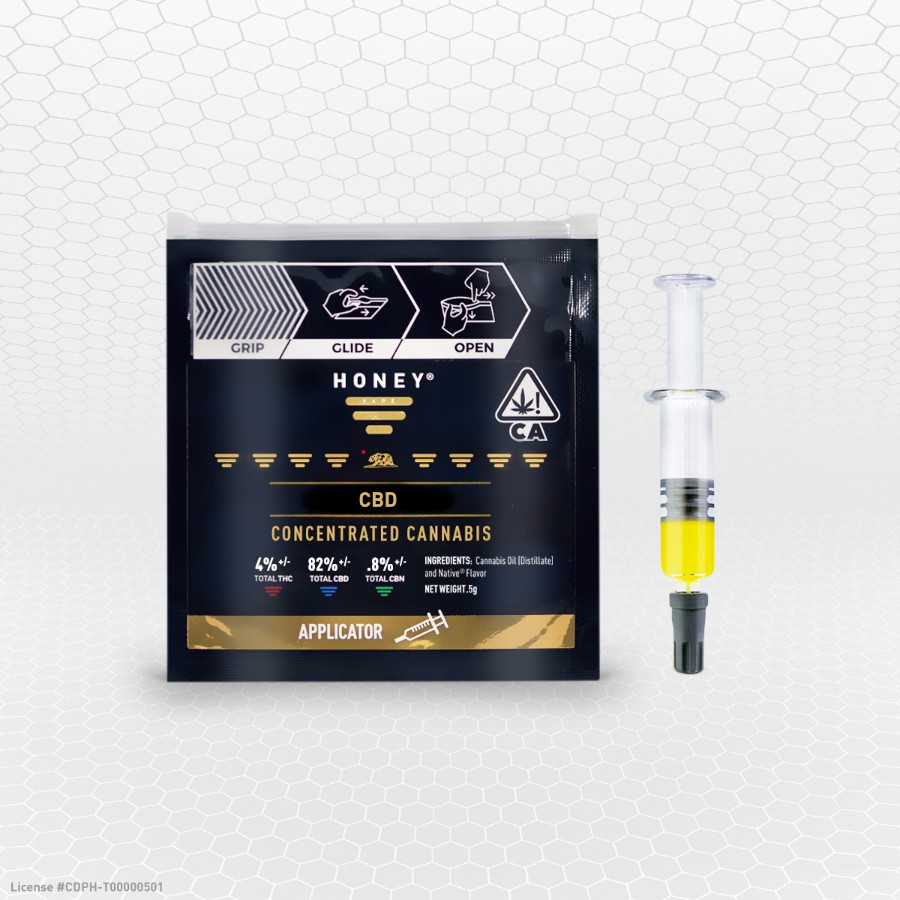First summarized and given a name by Raphael Mechoulam, the Entourage Effect describes ideas of synergy between the chemicals that are found inside cannabis. By working together to create an effect greater than each could provide on their own, these compounds seemed to form an “Entourage Effect” in support of a larger goal. Those ideas and the name have stuck around for nearly two decades, inspiring further research into the relationships between cannabinoids, terpenes, and amino acids.
Cannabis contains hundreds of compounds responsible for the effects felt by its consumers. The relationship between each of these is complex, intricate, and to some degree, mysterious. We do, however, understand some fundamental processes that take place as cannabis is metabolized within our bodies. While many cannabinoids and terpenes offer influence and value on their own merits, when working in concert, they achieve the greater results. Thanks to this increased research and a strong network of communication, we know more now about this humble plant than ever.
While many people are familiar with the two most common cannabinoids found in cannabis, THC and CBD function the way they do thanks to a larger mechanism of synergy that takes place. For example, Pinene is a terpene, also known as an aromatic compound. Located within the trichome of the cannabis plant, Pinene serves as a natural defense mechanism against predators like insects. Pinene is also located within a variety of other plants such as evergreen trees and rosemary. However, when consumed with other cannabinoids, Pinene works to balance out some of the negative effects, such as memory inhibition and cognitive impairment often associated with THC.
Research About the Entourage Effect
Further research led by Dr. Ethan Russo indicates other terpenoids have value as well. According to a study published in the British Journal of Psychology entitled “Taming THC: potential cannabis synergy and phytocannabinoid-terpenoid entourage effects,” Myrcene by itself can work to decrease the inherent resistance of the blood-brain barrier. Acting as a gatekeeper of sorts, Myrcene allows other beneficial compounds to flow more freely, thus increasing their effectiveness. When working together with pinene and caryophyllene, a natural bicyclic sesquiterpene, Myrcene also helps to reduce anxiety.
A wide spectrum of cannabinoids also exhibits a significant influence on neuro-receptors and play a major role in the entourage effect. CBD alone can serve to reduce pain without carrying any psychoactive effects. “The most common phytocannabinoid found within the hemp plant” according to “The Inheritance of Chemical Phenotype in Cannabis sativa L.” (de Meijer et al., 2003), CBD not only displays analgesic properties, but it also acts as a muscle relaxant and antispasmodic compound on its own merit. CBD, and the lesser known THCV can serve in a modulatory capacity to THC and help to reduce negative effects.
Medical Marijuana and the Entourage Effect
High-dose THC can be a powerful medicinal compound, alone can lead to dysphoria, tachycardia, and anxiety. With the addition of an agonist such as CBD, these effects can be greatly diminished. As CBD is found more predominantly within the plant, it’s easier to isolate and extract the large quantities needed for processing. Due to this and other factors, a 1:1 ratio of CBD to THC has become more prevalent within the medical cannabis industry for treatment of severe symptoms often associated with cancer and other chronic illnesses.
CBD’s Entourage Effect
Popular and effective, CBD often overshadows a host of other less prevalent, though equally important, cannabinoids within the plant. CBN, or Cannabidiol, is a cannabinoid that can operate as a sedative of sorts and displays a synergistic relationship with Nerolidol, a naturally occurring sesquiterpene found in a variety of plants. Cannabidivarin, commonly known as CBV, works in harmony with linalool, terpene alcohol, and tetrahydrocannabivarin or THCV to provide an anticonvulsant effect.

Medicines that emphasize these notable cannabinoids and terpenoids are being used with increased frequency around the world. By targeting specific symptoms and matching them with cannabinoid profiles that offer corresponding relief, more informed treatment plans can be implemented. With more knowledge comes more understanding. As research continues, science can further anticipate the effects each strain has on the individual, providing for a more accurate and comprehensive course of action. As each different strain of cannabis also contains differing genetics and therefore a slightly different cannabinoid profile, the medicinal value of each plant will vary as well.
The informed consumer and the medical patient may find it challenging to stay on top of the latest research and advancements in cannabis. For many patients today, being active within their community is essential.
Beyond The Entourage Effect – The Ensemble Effect
As research and understanding around cannabis and its benefits increases among scientists and users, terminology and words describing the effects will also shift. Pioneer in marijuana science, Dr. Lester Grinspoon, understands the broad-based experience brought on by the Entourage Effect, but he thinks it has been improperly named. Preferring the term Ensemble Effect, “because the word ‘entourage’ implies one item moving in this direction – and it has company… the word ‘ensemble’ means that these are the three things that are required for the best therapeutic effect.” Whether we use Entourage or Ensemble Effect to describe the benefits, the therapeutic effect of CBD, THC, and the terpenoids working together are undisputed.
Why the Cannabis Fresh Mapping™ Extraction Process Matters
Nearly all extraction processes damage or alter a good portion of the cannabinoids and terpenes responsible for the Entourage Effect (or Ensemble Effect). Fresh Mapping™ is a proprietary process developed by Honey®
that allows for analysis and recreation of the full-spectrum of cannabinoids and terpenes that are specific to each strain. This recreation allows us to bring the benefits of whole plant medicine to our carefully-formulated extracts while preserving the qualities specific to each strain.

